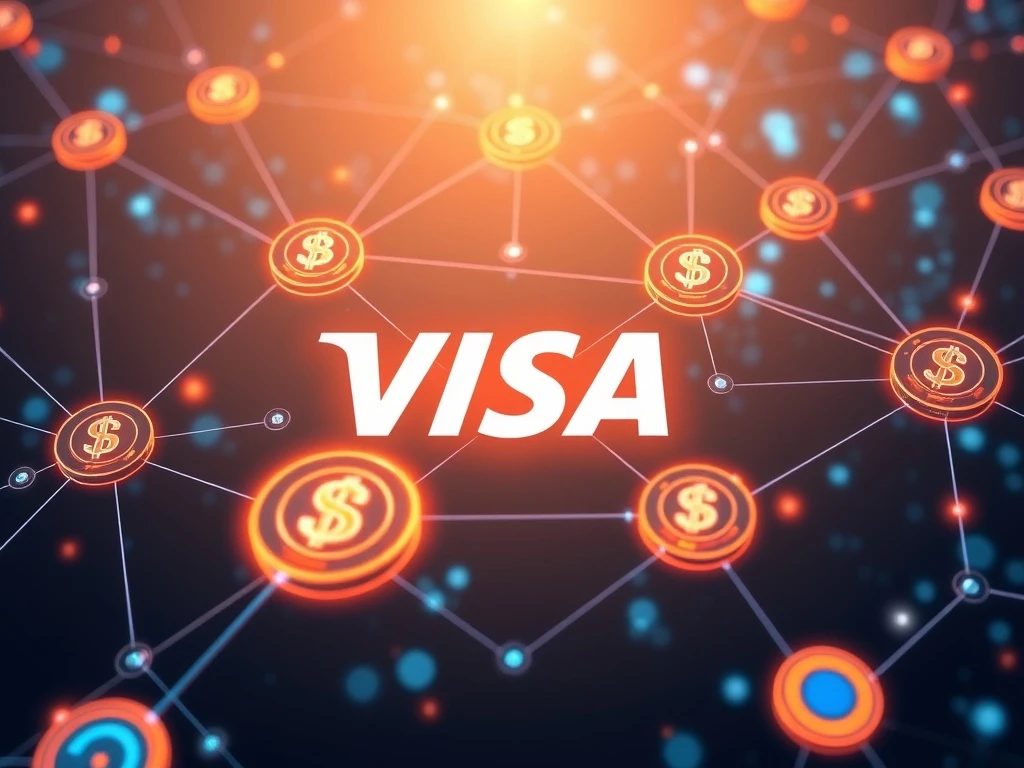Visa Revolutionizes Payments: Expands Blockchain Network for Stablecoins and Cross-Border Transactions

In a groundbreaking move, Visa has expanded its blockchain network to integrate new stablecoins and blockchains, signaling a major shift in global payments. This strategic expansion not only enhances cross-border transactions but also strengthens the bridge between traditional finance and decentralized finance (DeFi).
Visa’s Blockchain Network Welcomes New Stablecoins
Visa has integrated three major stablecoins into its payment infrastructure:
- PayPal USD (PYUSD) – A trusted dollar-pegged stablecoin.
- Global Dollar (USDG) – Designed for seamless global transactions.
- EURC – A euro-backed stablecoin for European markets.
This integration allows financial institutions to leverage stablecoins for faster and more cost-effective cross-border transactions.
Why Cross-Border Transactions Are Getting a Blockchain Boost
Visa’s expansion includes support for high-performance blockchains like Avalanche and Stellar, alongside existing networks Ethereum and Solana. Here’s how this benefits users:
| Blockchain | Key Advantage |
|---|---|
| Avalanche | High throughput and low latency |
| Stellar | Designed for fast cross-border settlements |
| Ethereum | Widely adopted for DeFi applications |
Decentralized Finance (DeFi) Meets Traditional Payments
Visa’s move underscores the growing demand for decentralized finance solutions. By enabling on-chain settlements through partners like Paxos and Circle, Visa is positioning itself as a leader in merging traditional finance with blockchain innovation.
What This Means for the Future of Payments
Rubail Birwadker, Visa’s head of global growth products, emphasizes that reliable and scalable stablecoins are key to transforming global money movement. This expansion could set a precedent for other financial giants exploring blockchain integration.
FAQs
1. Which stablecoins are now supported by Visa?
Visa now supports PayPal USD (PYUSD), Global Dollar (USDG), and EURC.
2. What blockchains are part of Visa’s expanded network?
Avalanche and Stellar join Ethereum and Solana in Visa’s blockchain ecosystem.
3. How does this benefit cross-border transactions?
Stablecoins and blockchain networks reduce costs and processing times for international payments.
4. Is Visa moving toward decentralized finance (DeFi)?
Yes, Visa’s multi-chain strategy aligns with the growing adoption of DeFi solutions in traditional finance.







